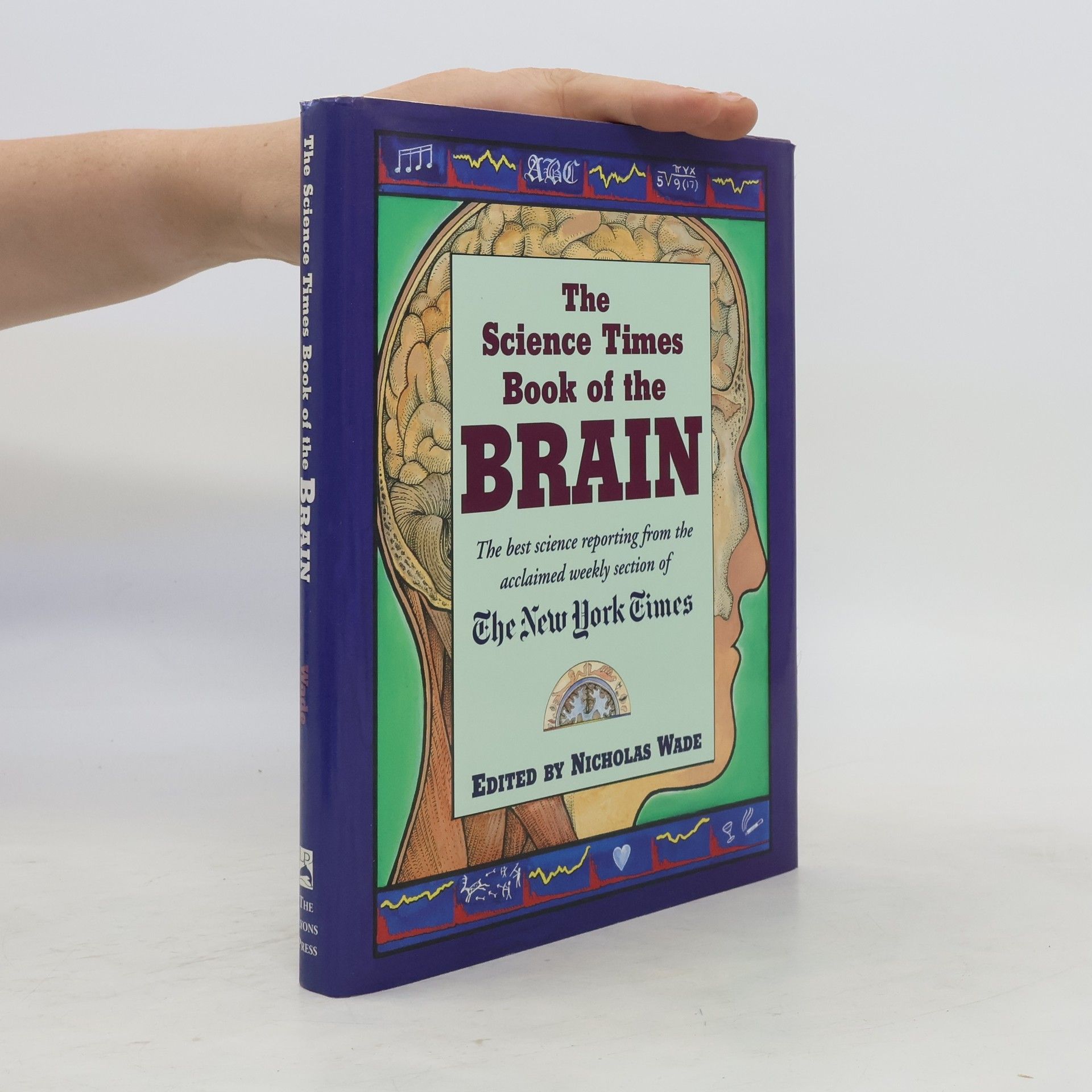Nicholas Wade Bücher






Das Genom-Projekt und die neue Medizin
- 222 Seiten
- 8 Lesestunden
Kaum etwas beschäftigt die Gemüter derzeit mehr als die Entschlüsselung des menschlichen Genoms. Nicholas Wade fragt nach den medizinischen Konsequenzen und skizziert die Umrisse der Neuen Medizin. Anschaulich und prägnant zeichnet Nicholas Wade, Wissenschaftsredakteur der „New York Times“, die Stationen nach, die zur Entschlüsselung des menschlichen Genoms führten. Er stellt die Protagonisten dieser Entdeckung vor, Craig Venter auf der einen und das Human-Genom-Projekt auf der anderen Seite, und er fragt nach den medizinischen und pharmakologischen Konsequenzen. Wade beschreibt die Entwicklung von Targets, Angriffspunkten an der Zelloberfläche, mit deren Hilfe man die Zellreifung und - teilung unterbinden kann. Er diskutiert aktuelle Forschungen mit embryonalen und adulten Stammzellen - über die im Augenblick in Deutschland diskutiert wird - und mit gentechnischen Medikamenten. Er zeigt Wege der Keimbahntherapie und der regenerativen Medizin auf, die Organe teilweise oder ganz zu ersetzen vermag. Wade schaut Biologen und Medizinern in den Forschungslaboratorien über die Schulter und trennt die therapeutischen Nahziele der Neuen Medizin von den Fernzielen wie etwa der Lebensverlängerung. Die Originalausgabe erscheint zu gleicher Zeit unter dem Titel „Life- Script. The human Genome Project and the New Medicine“ bei Simon & Schuster, New York
The Origin of Politics
- 288 Seiten
- 11 Lesestunden
Exploring the intersection of human nature and societal success, this book argues that both progressive and conservative ideologies often misinterpret the role of human nature in shaping society. Nicholas Wade examines historical and biological contexts, illustrating how certain policies can enhance human nature while others, like socialism, may lead to societal decline. Drawing from anthropology and evolutionary biology, the work emphasizes that neglecting the evolutionary constraints of human behavior can result in chaos and potential extinction, challenging prevailing political assumptions.
Life Script
How the Human Genome Discoveries Will Transform Medicine and Enhance Your Health
- 208 Seiten
- 8 Lesestunden
A leading New York Times science reporter, who has covered the Human Genome Project from its inception, writes about how the sequencing of the genome is already changing medical care.
The Science Times Book of the Brain is a superb volume with chapters on senses, emotions, mood, memory, language, consciousness, dreams, medicine, and much more. Articles illuminate key discoveries made within the last decade about the physiology, psychology, and neurology of our most vital organ.
Vision and Art with Two Eyes
- 386 Seiten
- 14 Lesestunden
Exploring the fascinating concept of binocular vision, this book features unique illustrations that come alive through anaglyphs, requiring the use of colored filters provided with the hardcover. Readers will experience the interplay of cooperation and competition between their eyes, making each viewing experience distinct. The content delves into the history, science, and art of how we perceive depth, transforming the understanding of vision since the advent of stereoscopes. It invites active participation, ensuring a personalized journey through visual perception.